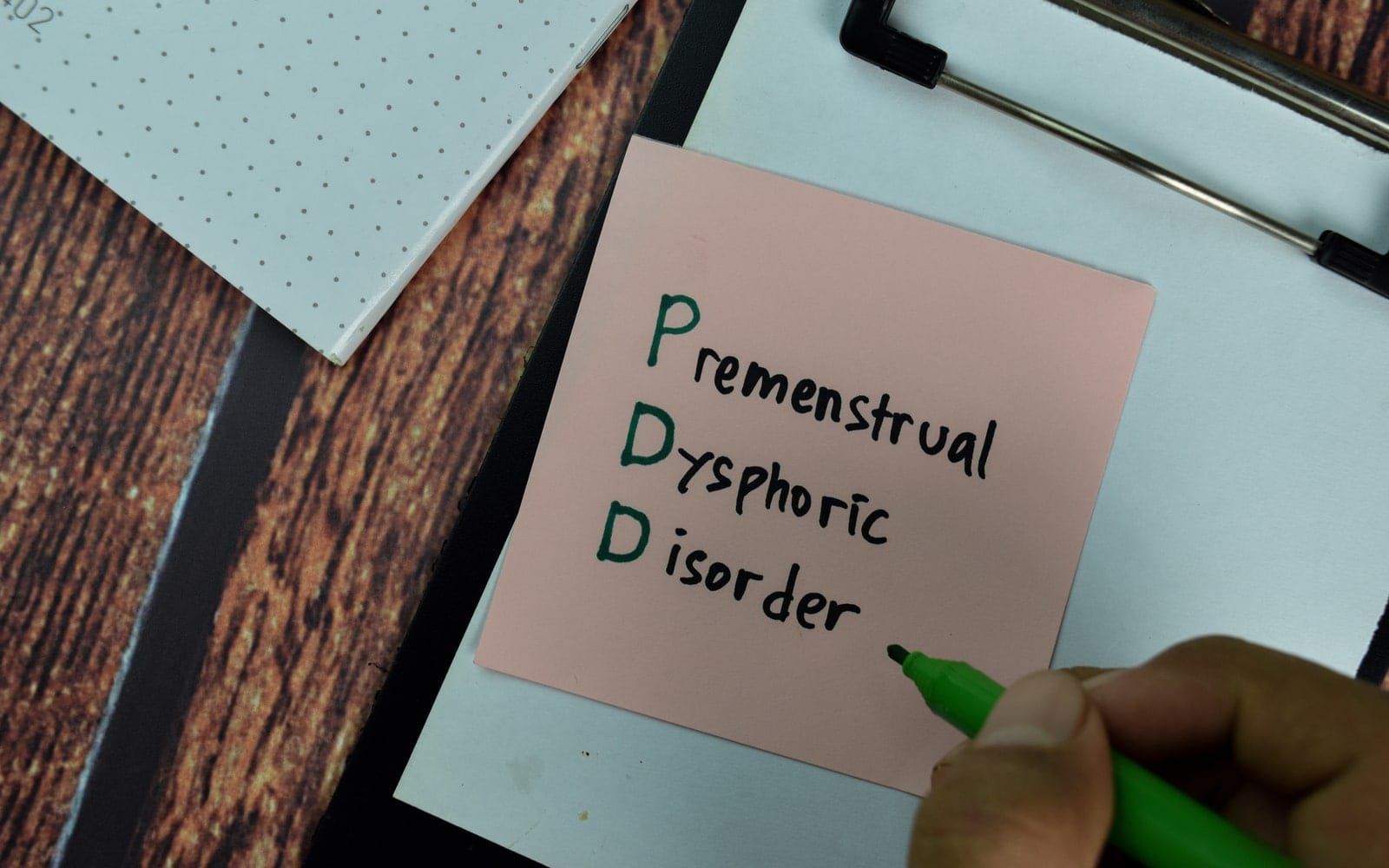Premenstrual Syndrome is a common condition experienced by women prior to their monthly menstruation. The symptoms are well-known, including cramping, mood swings, bloating, and even occasions of hormonal acne. Less well-known is the condition known as Premenstrual Dysphoric Disorder or PMDD. This disorder bears many similarities to PMS but with additional symptoms or similar symptoms that are of greater severity. These symptoms tend to appear one or two weeks prior to the arrival of menstruation and end two to three days after it begins.
Understanding Premenstrual Dysphoric Disorder (PMDD)
As mentioned above, PMDD is a monthly recurring condition experienced by approximately 5% of adult women of childbearing age. This condition occurs more frequently in women who also experience depression or anxiety. While the origins of PMDD are not well-understood, research suggests that there may be a connection with changing serotonin levels experienced throughout the menstrual cycle. Common symptoms occurring in those experiencing PMDD include the following:
- Irritability or outbursts of anger that affects others
- Suicidal ideation along with thoughts of despair or sadness
- High periods of anxiety or tension
- Panic Attacks
- Quickly changing moods with bursts of crying
- Apathy about relationships or activities previously anticipated
- Difficulty focusing or thinking clearly
- Suppression of energy or persistent weariness
- Cravings for certain foods or binge eating
- Difficulty sleeping
- Feeling unable to control emotions or actions
- Physical symptoms including tender breasts, bloating, joint and muscle pain, headaches, or cramping.
Diagnosis of PMDD begins with identifying five or more of the above symptoms that affect a patient. At this point, a physical examination and exploration of your health history are done by your physician. In many cases, it will be suggested or required that you keep a symptom diary tracking your experiences. This will help your physician pin down the exact diagnosis and identify proper treatment options.
How Your Physician May Treat PMDD
As with most health conditions, PMDD treatment usually begins with the most conservative methods. This includes learning relaxation techniques, managing stress, and spending time performing self-care, and enjoying favored activities. Should these approaches prove insufficiently effective, further treatment options will depend on which symptoms are present.
- Pain – Over-the-counter medication can be used to treat symptoms including headaches, backaches, tender breasts, joint pain, and cramps. Naproxen Sodium, Aspirin, and Ibuprofen are all common options.
- Birth Control – PMDD has been approved for treatment using birth control options that contain Ethinyl estradiol and/or drospirenone.
- Antidepressants – Varieties of antidepressants that help manage the uptake of serotonin, known as SSRIs, are approved for the treatment of this condition. Examples include fluoxetine, paroxetine, and sertraline.
In addition to these treatment options, you may find your physician suggesting that you make dietary and changes in lifestyle to help ease the symptoms. These can include cutting back on sugary or overly salty foods, improving the variety of fruits and vegetables in your diet, and increasing the amount of exercise that you get. If you’re concerned about PMDD and want to get a consultation, contact your provider for an appointment today.


